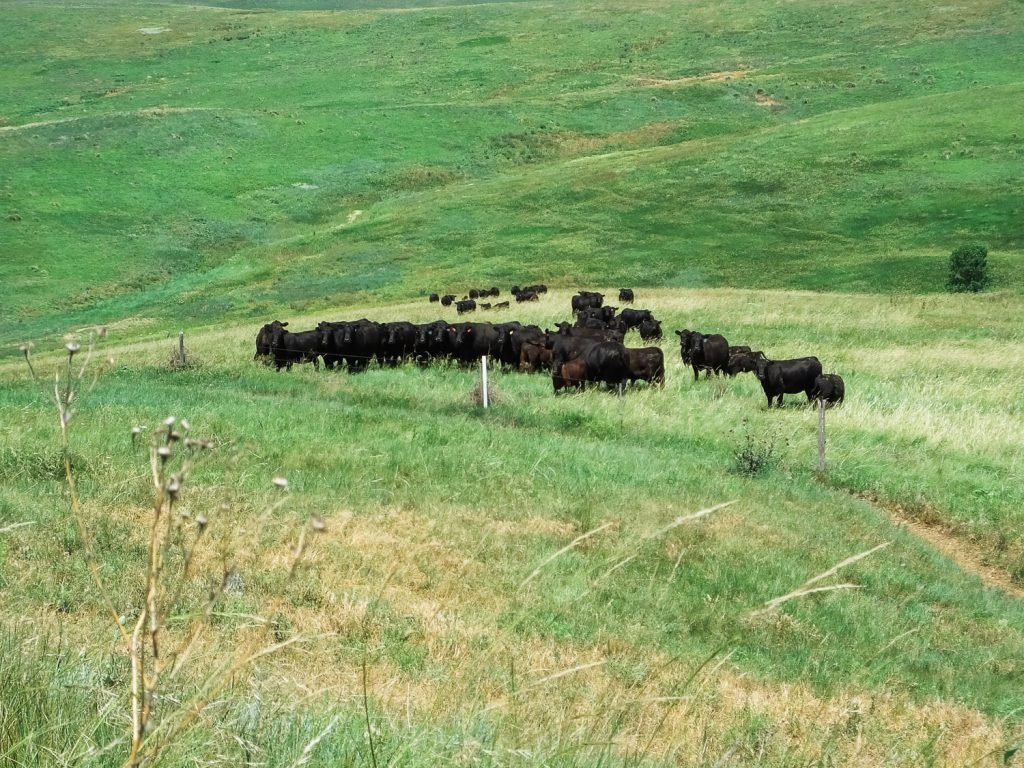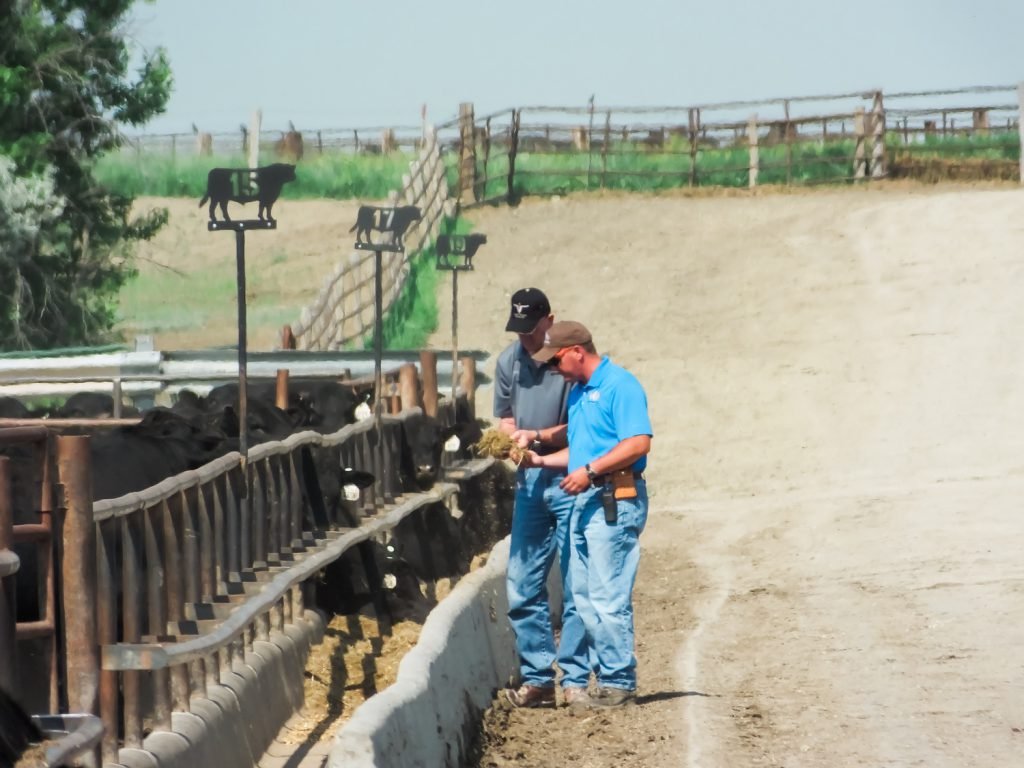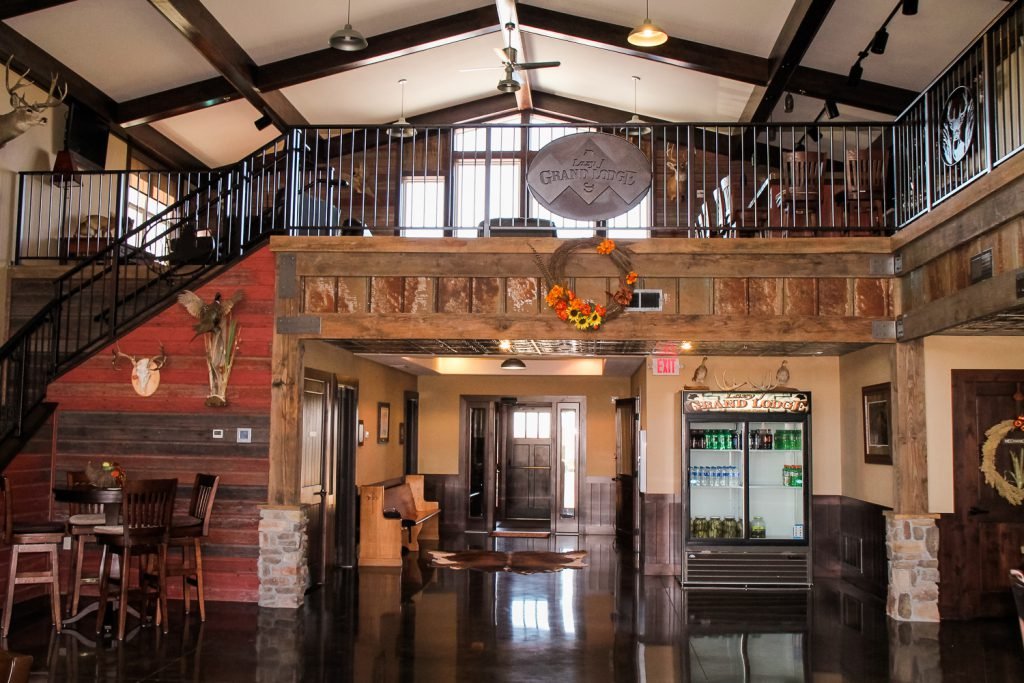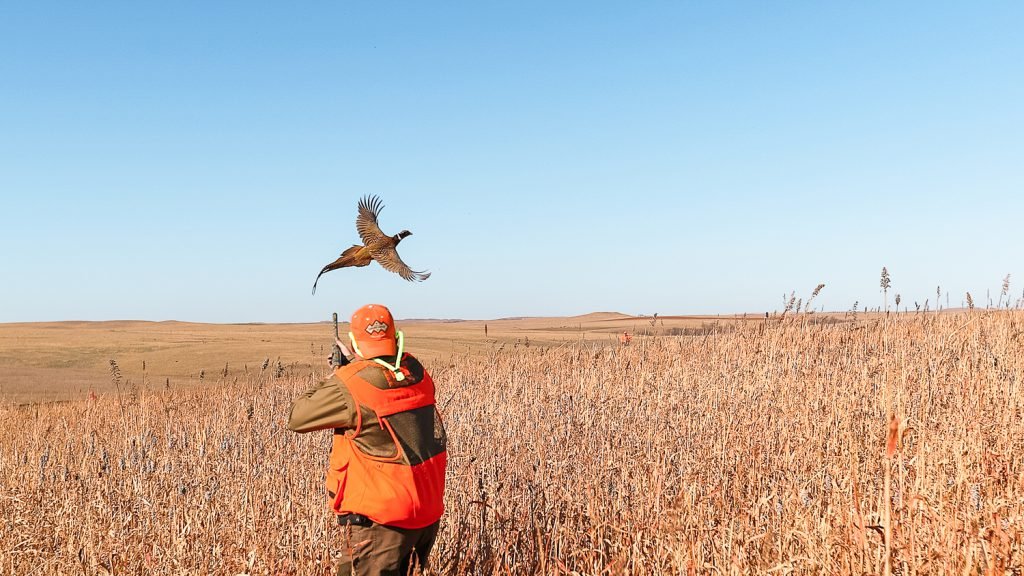Pheasant Hunting + Sustainability Fuel Jorgensen Family Ranch
Sustainability is becoming a priority to everyone, especially when it comes to purchasing food. At Jorgensen Land and Cattle and Lazy J Grand Lodge, sustainability is at the forefront of every decision they make.
“Everything we do on each acre of our land is focused on maintaining and advancing soil health, ”
Bryan and his brother Greg, his nephew Cody, and son Nick are partners in their family’s Leopold Award-winning 12,000-acre land and 900-head cattle farming operation. When they say they’re focused on soil health, they mean it.
Crops and Cattle
Every aspect of their business is intertwined to bring the best results for the land for years to come. On the crop side of the farm, 100 percent of their 12,000 acres are no till. This means they leave the crop stalks and roots in the soil instead of mulching them into the soil. This practice helps keep the soil in place, and adds to the plant material in the soil, bettering soil health. They plant a rotation of harvestable crops and cover crops. In addition to soybeans, the Jorgensens raise other crops to feed their cattle with including winter wheat, spring wheat, oats, peas, alfalfa, milo, cane sorghum, and corn.
Bryan said all of their crop decisions are based on the feed needs of the cattle. When the feed yard is full, it requires 225,000 pounds of feed per day. Purchasing that feed they need can be extremely expensive, so they choose to grow 90 percent of it. While they plant traditional grain crops like corn and soybeans, they also include a variety of other crops in their feeding rotation to provide a well-rounded diet to their cattle, as well as maintain the health of the soil in which the crops are planted.
“Everything we plant is dual purpose. Corn can be harvested for grain, but we can also chop the crop for silage,” he said. “We plant cover crops to increase organic matter in the soil and to feed our cattle from time to time. When the cattle are out on the land, they replenish the soil through their manure. Everything comes full circle.”
Sustainable Hunting
When they’re not managing the land and cattle, the Jorgensen family also operates the Lazy J Grand Lodge, a hunting lodge positioned near their farm offering all-inclusive, four-day hunting trips.
“While visitors stay with us, we feed them, house them and give them the chance to see our farm. Most of the people who hunt with us aren’t from the farm, so it gives us an opportunity to tell our farm’s story.”
Their hunting business is in the Golden Triangle area of South Dakota, making it the premiere spot for hunting wild birds like pheasants. To maintain the wild bird population on their grounds, they plant roughly 700 acres of food plots with crops in the bird’s natural diet.
“For us, it’s not about farming or hunting for the business. We don’t make our plans around the bottom line,” Bryan said. “We try and look at the land as a resource we take care of, make better and give back to the next generation.”
Just like the Jorgensen family, Hungry for Truth aims to connect consumers with South Dakota farmers to create an open dialogue about food and farming. Check out how other small businesses and organizations, like Kirsten from the Carrot Seed Kitchen in Brookings, connect customers to the farms supplying her store.







